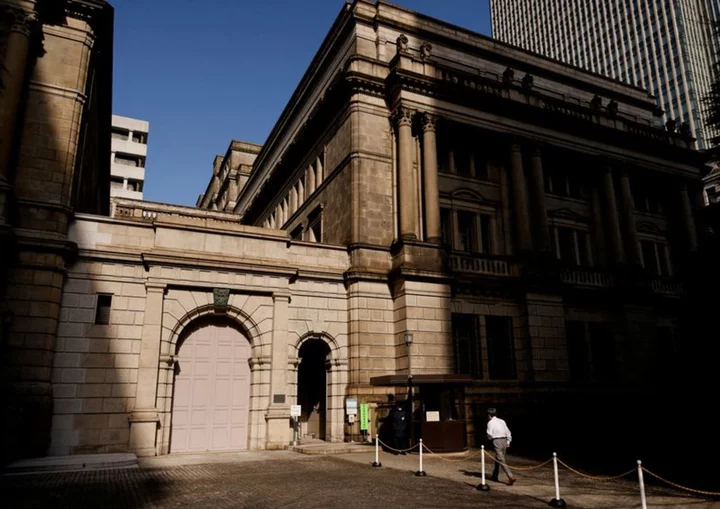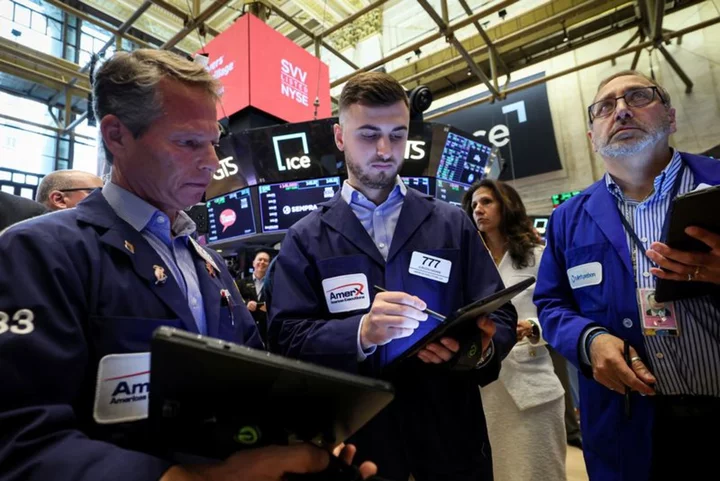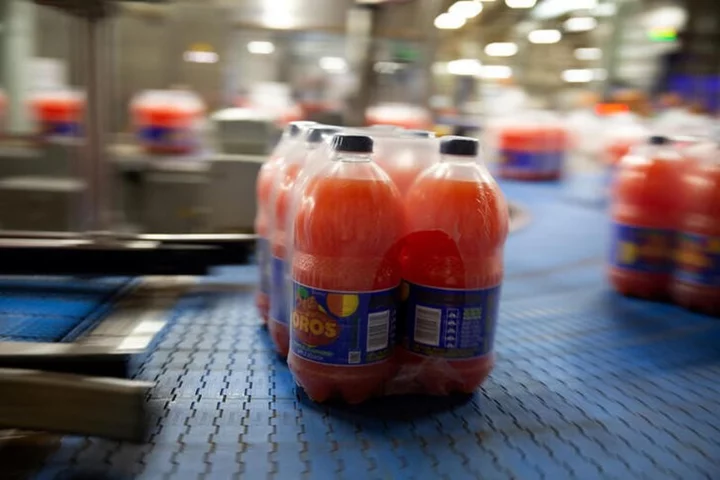By Leika Kihara
TOKYO Japan may be seeing early signs of sticky inflation with several measures of broad price trends hitting record highs in July, data showed, heightening the case for a retreat from decades of ultra-loose monetary policy.
Based on the government's consumer price data, the Bank of Japan (BOJ) releases several measurements of underlying inflation that look at the distribution of price changes.
The indices are closely watched by the BOJ for clues on whether price rises are driven by one-off factors like fuel, or broadening enough to sustainably hit its 2% inflation target.
The "trimmed mean" index, which strips away the upper and lower tails of the distribution, rose a record 3.3% in July from a year earlier, data showed on Tuesday, accelerating from a 3.0% gain in June.
The "mode" index, which measures the most frequently seen rate of inflation in the distribution, was also up a record 3.0% in July, exceeding the BOJ's 2% target for six straight months.
The ratio of items that saw prices rise year-on-year hit a record 85.6% in July. The ratio kept rising after marking a low of 46.7% in January 2021.
"The results show not just that trend inflation accelerated in July, but that companies continued to steadily pass on costs," said Naoya Hasegawa, senior bond strategist at Okasan Securities. "The outcome could prod the BOJ to become more upbeat on the price outlook."
Japan's annual core consumer inflation hit 3.1% in July, slowing from 3.3% in June due to sliding utility bills but staying above the BOJ's target for the 16th straight month.
In a quarterly report in July, the BOJ said there were "signs of change" in corporate price- and wage-setting behaviour that could lead to sustained achievement of its price target.
The assessment was partly behind the BOJ's decision last month to allow long-term interest rates to rise more freely in line with increasing inflation - a move seen by markets as a slow shift away from decades of massive monetary stimulus.
BOJ Governor Kazuo Ueda has stressed the bank's resolve to keep ultra-loose monetary policy until the recent cost-driven price hikes turn into more sustainable inflation driven by robust domestic demand and higher wages.
(Reporting by Leika Kihara; Editing by Shri Navaratnam)









